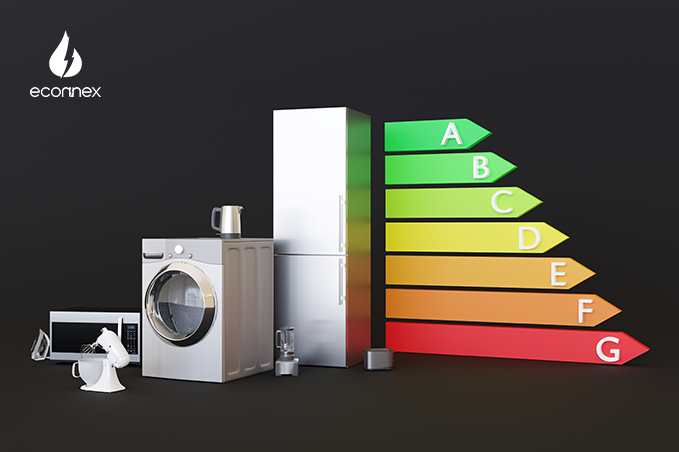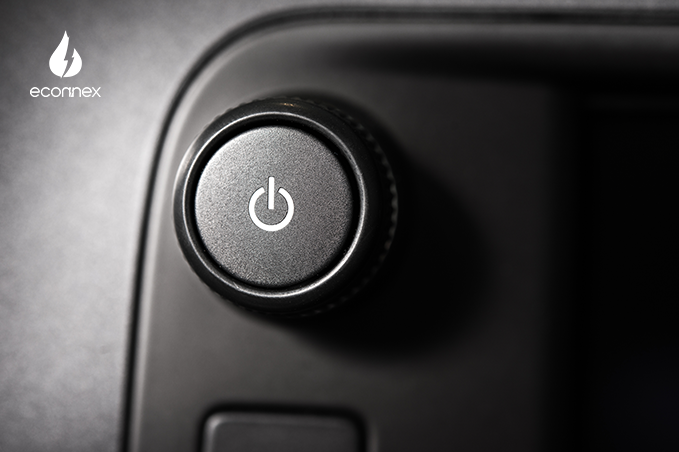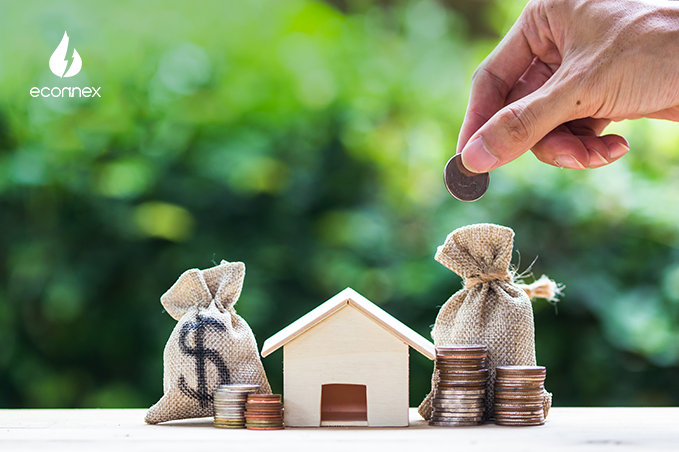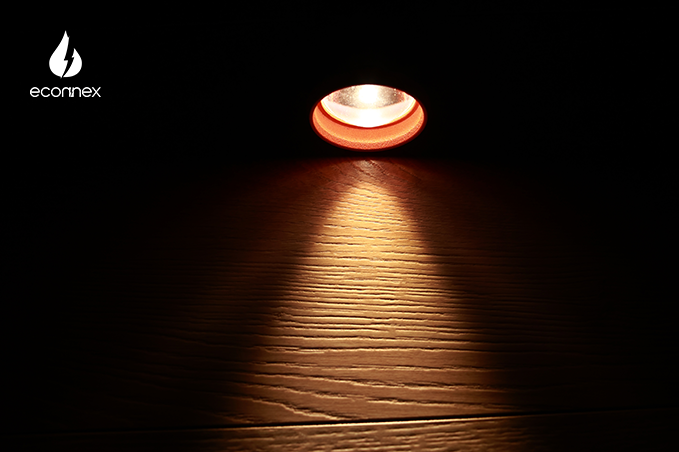Energy-efficient appliances save money and reduce carbon footprint. Upgrade now for significant savings and eco-friendly living.

Published on 05/09/2023
By Rajesh Kumawat
Energy Comparison
Appliances account for up to 30% of energy consumption and about 45% of greenhouse emissions from our homes. Our increased reliance on appliances results in rising energy costs which makes choosing energy efficient appliances more important. It is becoming extremely vital to reduce our greenhouse gas emissions.
With little efforts, we can cut our household energy use without cutting back on our lifestyles. It is possible to be eco-friendly and save money and energy at the same time.
Purchasing energy efficient appliances is an option to consider.
When your washer broke down, did you consider purchasing a newer energy-efficient model?
When purchasing a new appliance, consider its energy usage in addition to price and product features. These factors help save money, energy and also reduce greenhouse gas emissions.
The Energy Rating Label is regulated by the government to compare the energy efficiency and running costs of appliances. This displays two things: a star rating and an estimate of the appliance’s annual energy consumption in kilowatt-hour(kWh). The maximum rating is 10 stars. More stars mean greater energy efficiency.
To know how much an appliance costs to run. Simply multiply the kWh number of the appliance by electricity tariff (cents per kWh). The tariff amount can be found on your electricity bill.
It’s also worth considering the features and size of the appliances you are comparing. Additionally, the kWh figure on all energy rating labels is only approximated on how appliances are used in an average household. You need to consider how much you use the appliance and the climate you live in.
Some states offer government rebates to support the use of energy-efficient appliances. The rebates available varies depending on which state you live in.
Go to a state-specific site for accurate and updated information. Identify what rebates or incentives are available in your area.
Use these apps to compare power costs, view energy rating labels and calculate the running costs of your appliances. These are also a great tool to help you decide if certain energy-efficient appliances are cheaper to run before buying one.
Download these free apps and try these handy tools when shopping for your next appliance.
If you have one of these, you can still reduce some costs if you follow the below.
Energy efficient appliances are worth the extra money you pay. Although, buying one is not always the solution. Doing energy-saving practices on old appliances still save more. There’s so much you can do to preserve our environment. Save money and run modern appliances without hurting your pockets.



